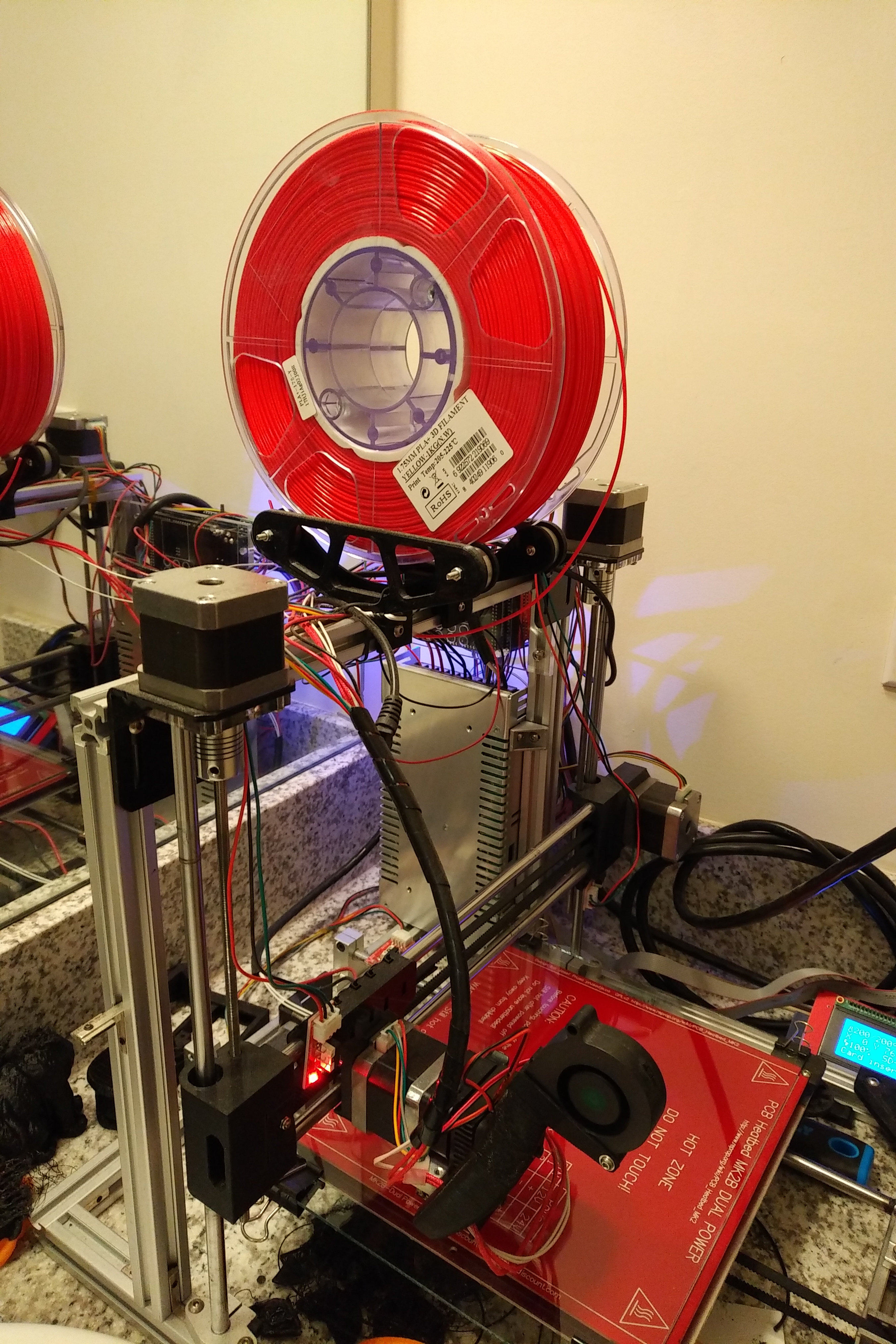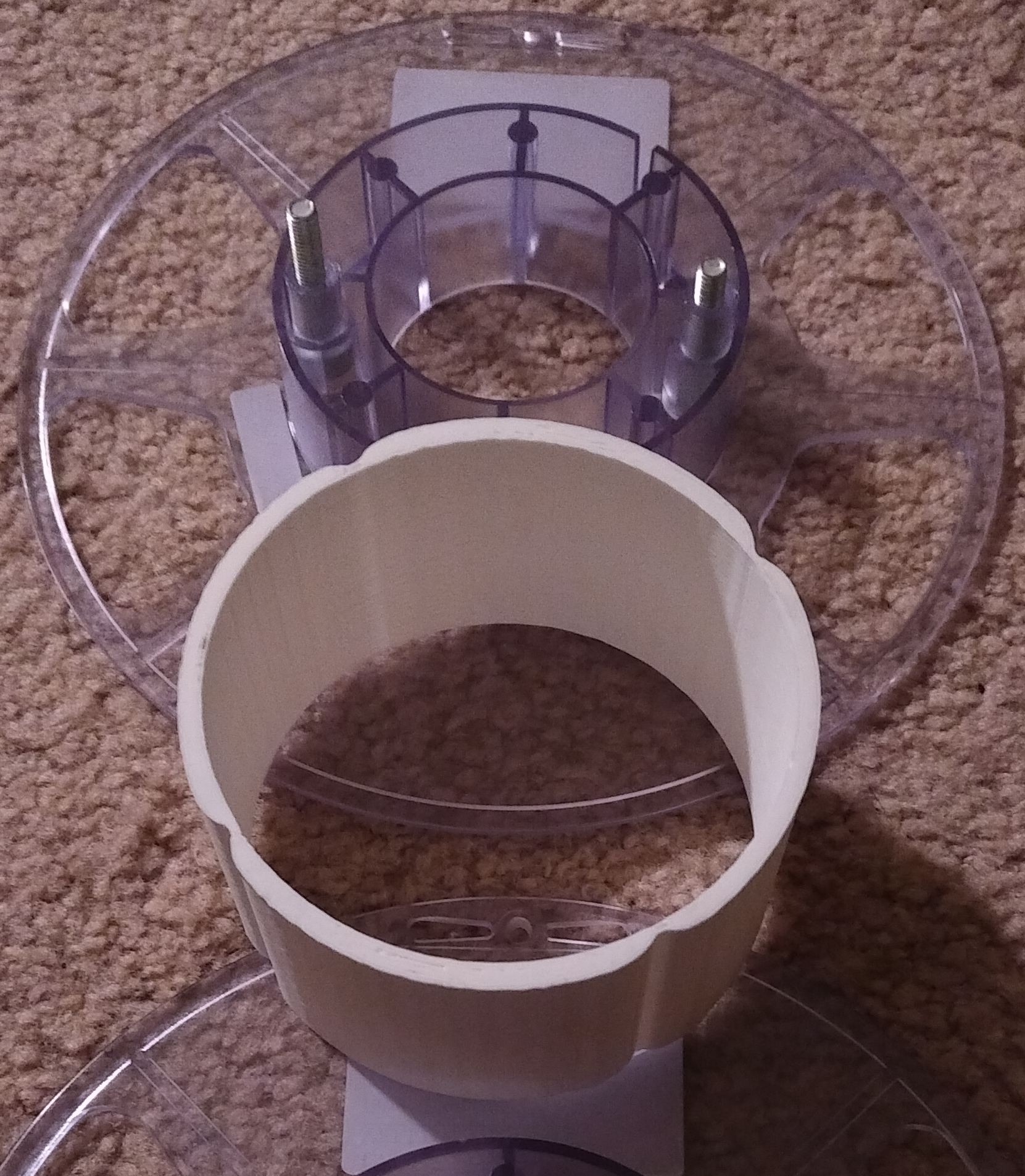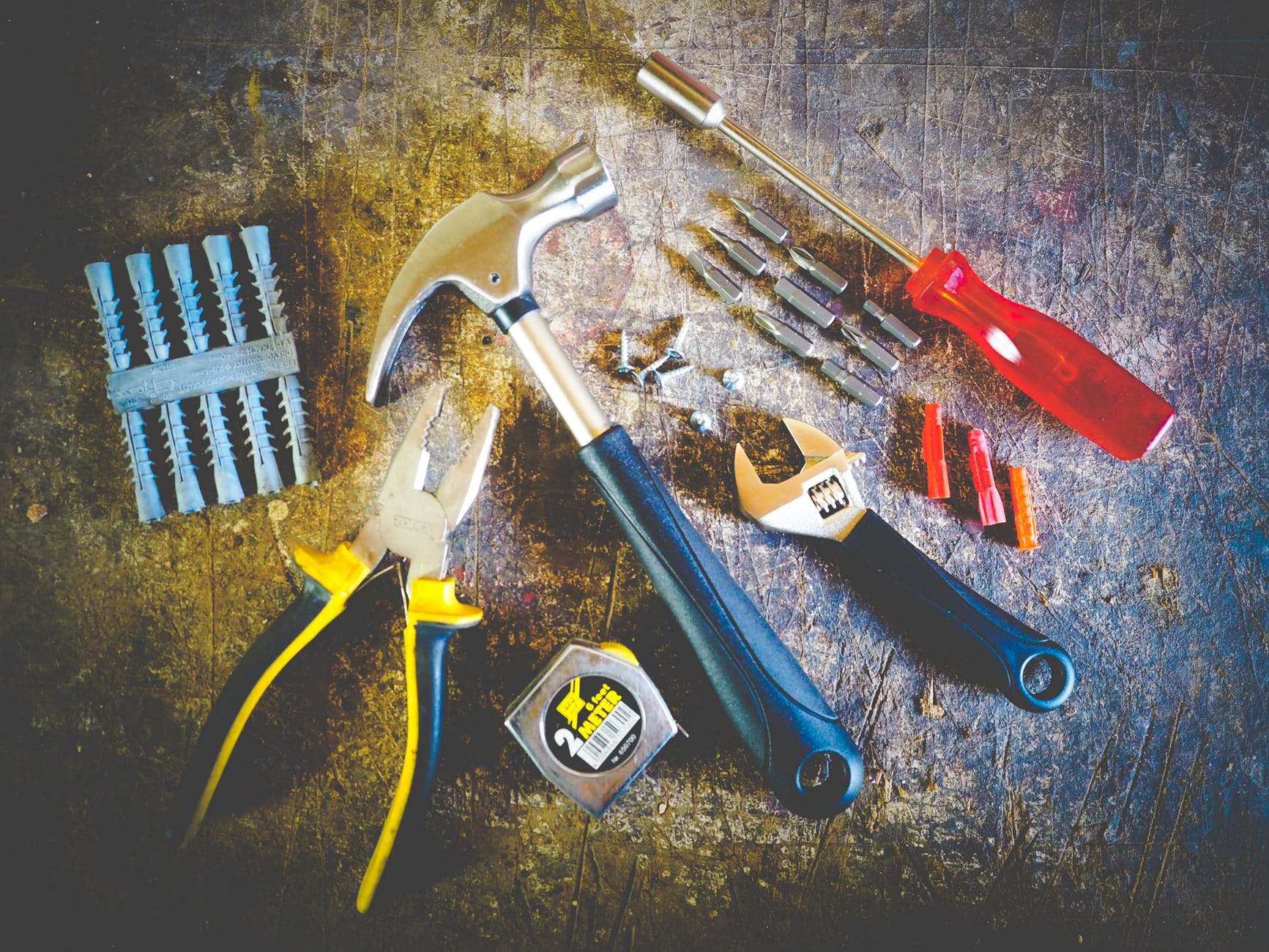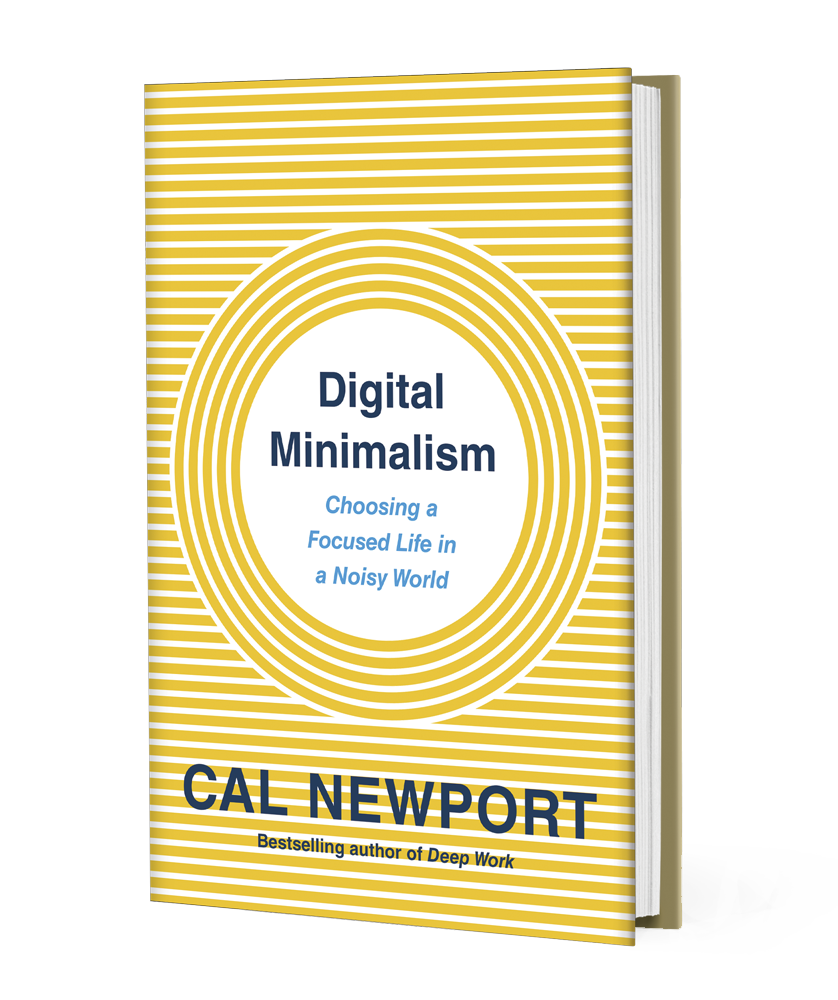
I’ve mentioned before how my Pebble smartwatch is one of my favorite devices, but I thought I’d detail how the device is helping my sanity in 2020, four years after Pebble company shut down.
Pebble was one of the first successful smartwatches, and raised $10M on Kickstarter, making it the most successful crowdfunding campaign to date when it closed in 2012. Watches started shipping in 2013, and even seven years later, the Pebble is one of the best smartwatches available.
In 2017, I joined the smartwatch crowd with a used, original Pebble. Smartwatches aren’t a required part of modern society, but my Pebble lets me triage incoming smartphone notifications and send simple replies. I set my phone to silent and receive a gentle vibration on my wrist whenever a notification comes in for one of the apps I’ve allowed to notify me. When I unlock my phone later, I can see any low priority notifications, but I really enjoy not having the mental clutter of seeing or hearing every single notification as it comes in. My Pebble makes my smartphone experience significantly more pleasant and offers me a small bit of mental clarity I wouldn’t get otherwise.
Earlier this year, my Pebble had started dropping it’s connection to my phone and experiencing some strange issues. Afraid it was dying, I put it in airplane mode and used it as a regular watch for a couple months. After digging around online, I decided the most likely culprit was the battery, so I ordered a replacement. Then, I kept using the Pebble as a regular watch for another month since I was so intimidated about cracking it open to replace the battery.

I eventually worked up the courage to do the battery replacement, and I am so glad I did. I’d forgotten how much calmer my mind feels without the incessant chimes and dings of my phone’s notification system. The new battery is slightly bigger so the watch back isn’t flush anymore which hampers its water resistance, and I cracked the backlight guide which gives a slight line down the middle of the display, but I’m just going to call that beausage and move on. It’s only visible when the backlight is on anyway, so it’s exceedingly minor.
One downside of having a watch from a defunct company is that not all of the watch apps work anymore. Luckily, the back end for many services is now maintained by the Rebble community, so if you have a fancy newer Pebble Time, you can still use voice dictation, and the app store is still there even if not all the apps work 100% anymore.
The Pebble isn’t perfect by any means, but a smartwatch that still works seven years after its debut seems pretty solarpunk to me. When Android Wear and Apple watches get relegated to obsolescence by Google and Apple, Pebbles will still be telling time and making life subtly better. Like any electronic device, I can see where the watch may eventually break down, but I’ll probably try to find another Pebble unless someone comes out with a similarly simple smartwatch. I would suggest upgrading to the Pebble Steel though since the plastic casing seems to be the most fragile part of the whole watch.
Do you think smartwatches are an unnecessary extravagance, or something that can help deal with information overload? Let us know in the comments!


















